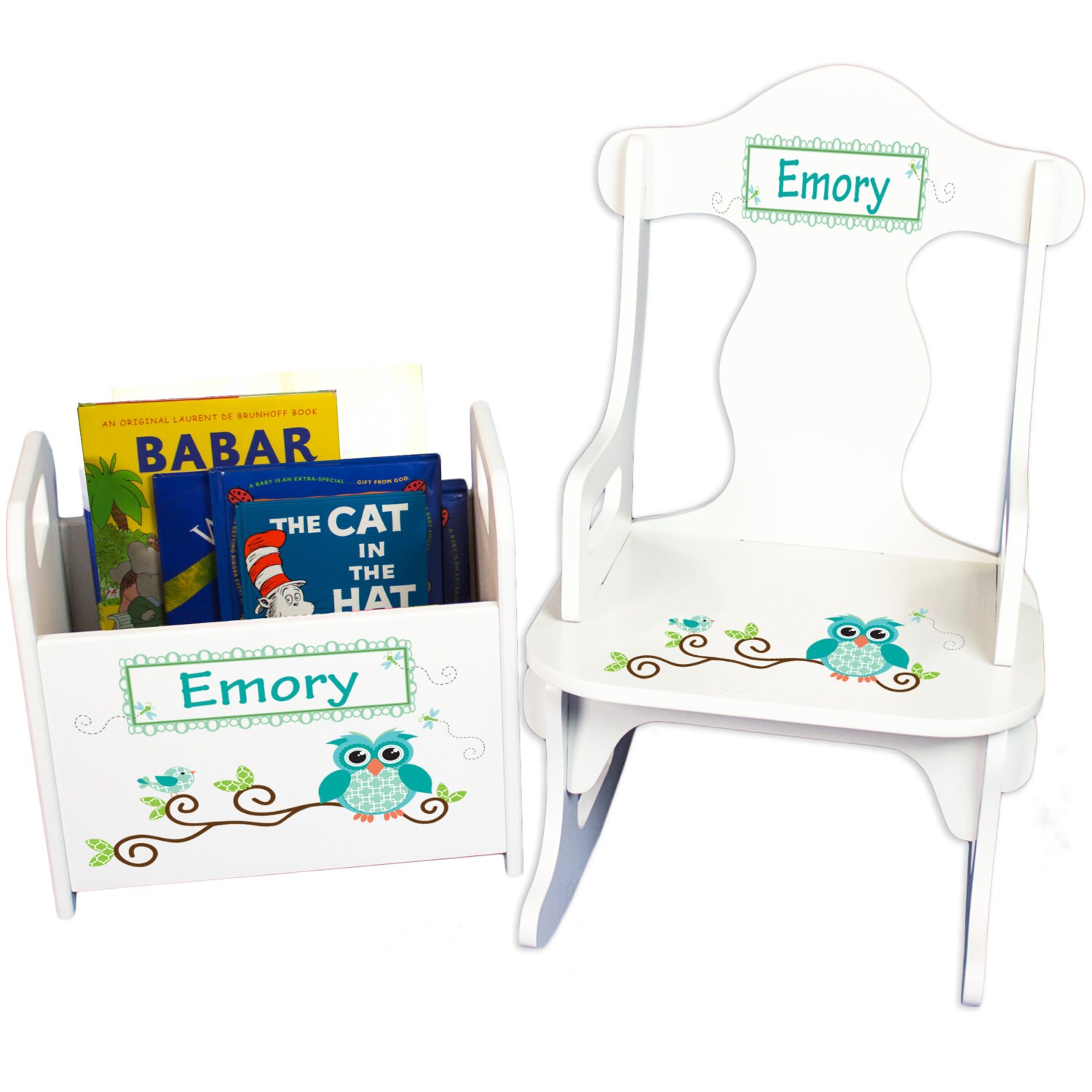Exploring the Literary Landscape of “The Rocking Chair Book”

The rocking chair, a seemingly simple object, holds a surprising depth of symbolic weight in literature. Its rhythmic motion and comforting presence lend themselves to narratives exploring themes of time, memory, and the passage of life. This exploration delves into the multifaceted representation of the rocking chair across various literary genres and settings.
The Rocking Chair as a Symbol
The rocking chair’s literary significance often stems from its inherent ambiguity. It can simultaneously represent comfort and stillness, yet also suggest a restless movement through time and memory. Its association with aging is undeniable, but it can also evoke a sense of youthful nostalgia or a peaceful acceptance of mortality. In some contexts, the rhythmic creak of the chair might symbolize the relentless passage of time, while in others, it can represent a soothing counterpoint to the chaos of life. The chair’s symbolic meaning is highly dependent on the context in which it appears.
Genre and the Rocking Chair’s Role
The rocking chair’s symbolic power varies significantly across different literary genres. In realistic fiction, it often serves as a tangible representation of a character’s age or their quiet contemplation. In Southern Gothic literature, the rocking chair might be imbued with a sense of foreboding, a symbol of slow decay and impending doom. Conversely, in children’s literature, it might represent a comforting space for storytelling and dreams. The same object, therefore, can evoke vastly different emotional responses depending on its literary context.
Setting and Interpretation, The rocking chair book
The setting in which a rocking chair appears significantly impacts its interpretation. A rocking chair on a sun-drenched porch in a rural setting might evoke images of peaceful tranquility and a simpler way of life. The same chair placed in a dimly lit Victorian parlor could suggest a sense of melancholic isolation or even impending tragedy. The time period also plays a crucial role. A rocking chair in a contemporary setting might represent a nostalgic connection to a bygone era, while in a historical novel, it could simply be a reflection of the period’s furniture styles and social customs.
A Fictional Scene: The Widow’s Porch
The old woman sat on the porch, the setting sun casting long shadows across the weathered wood. Her hands, gnarled and spotted with age, gripped the worn arms of her rocking chair. The rhythmic creak provided a melancholic soundtrack to the gathering twilight.
| Feature | Description | Significance |
|---|---|---|
| Material | Dark, polished oak, showing signs of age and wear; slightly chipped paint on the arms | Represents the passage of time and the enduring nature of memory. |
| Appearance | Simple design, slightly curved back, worn cushions | Suggests comfort and familiarity, yet also a sense of quiet weariness. |
| Location | Wide, wooden porch overlooking a sprawling, overgrown garden | Symbolises isolation and reflection, yet also a connection to nature and the enduring cycle of life and death. |
The rhythmic back-and-forth motion seemed to mirror the ebb and flow of her memories, each creak a whispered story of a life lived, loved, and now, slowly fading. The scent of honeysuckle, heavy in the evening air, mingled with the faint aroma of woodsmoke from the distant hills, a poignant reminder of time’s relentless march.
